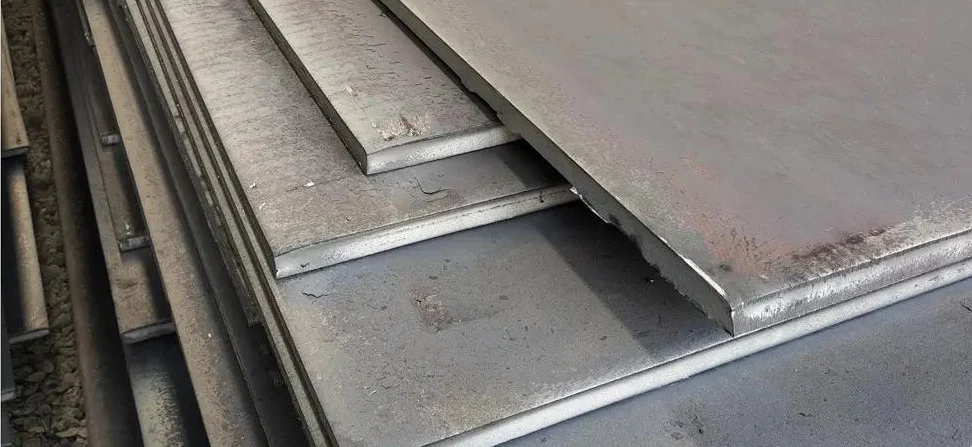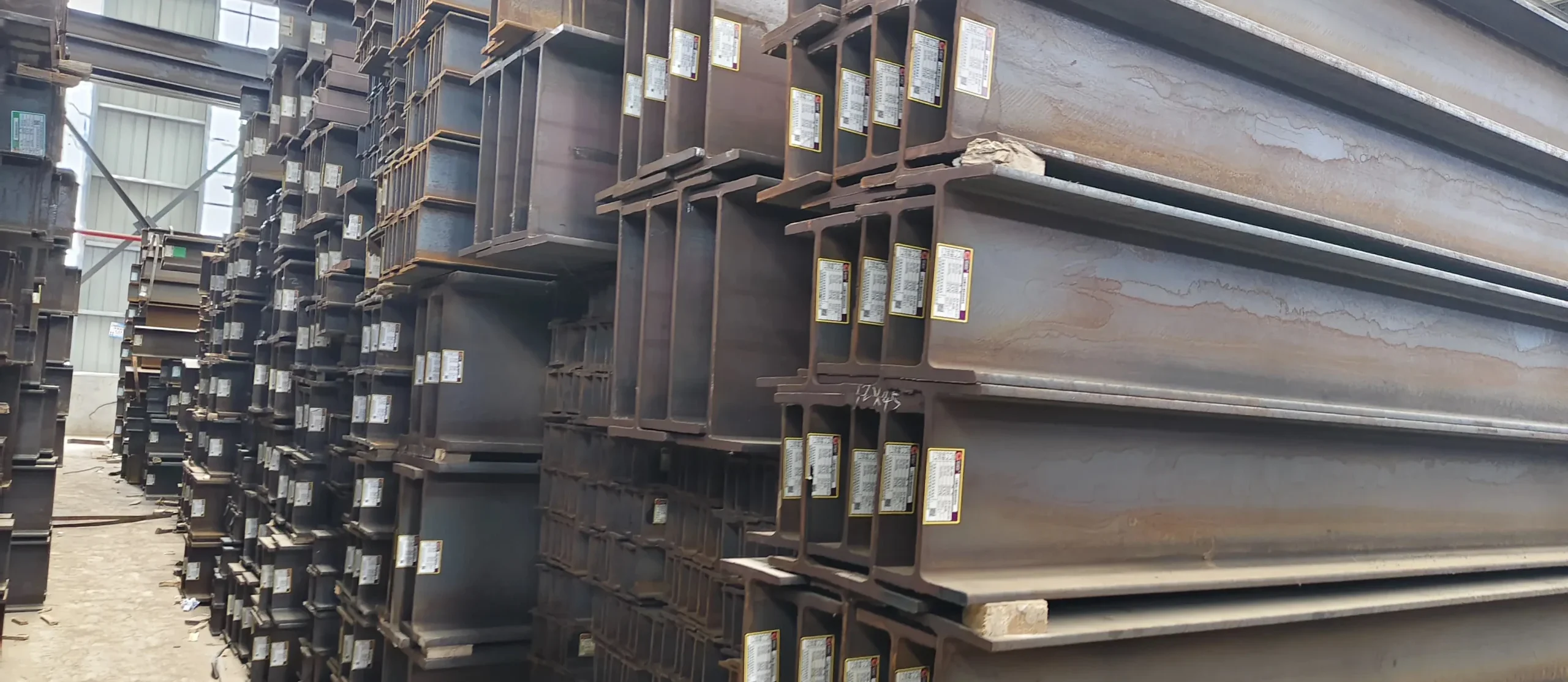It is important for containing carbon in stainless steel itself
Carbon in stainless steel has an important influence on its mechanical properties, microstructure and process. Therefore, the accurate determination of carbon content in metal materials and related raw materials has important guiding significance for smelting and stainless steel pipe fittings catalog.
“Carbon” is located in the fourth group of the second cycle of the periodic table. It is one of the most common elements in nature. It mainly exists in the form of simple substances and compounds in the crust, atmosphere and organisms of nature, accompanied by mineral processing, mineral smelting, Processes such as material manufacturing will inevitably be introduced into metal materials.

1. Determination of carbon in stainless steel
According to the chemical properties of carbon and the transformation relationship of the form, the determination methods of carbon content in metal materials can be divided into three categories: chemical method, physical method, and physical chemical method;
I. Chemical method and physical chemistry method
It is a special method for carbon quantitative analysis. It uses the high-temperature combustion method to convert the carbon in the sample into CO2 and separates it from the sample, and then measures the amount of CO2 by an appropriate method. It consists of a high-temperature combustion system and a detection system.
This method is suitable for metal alloys, rock minerals, inorganic non-metallic materials that can be processed into chip, granular, and powdery forms. Among them, the high-frequency combustion-infrared absorption method is used in steel, iron alloys, commonly used non-ferrous metals, nickel-based alloys, and difficult It has been widely and maturely applied in the analysis of carbon content of metal alloy materials such as molten metals, hard alloys, and rare earth metals.
At present, the measurement principle and application scope of two common high-temperature combustion methods in the carbon content test of metal materials:
(1) High temperature combustion-gas volume method:
The principle of the measurement is shown in the figure below: the sample is heated in a high-temperature furnace and burned with oxygen, so that the carbon in the sample is quantitatively oxidized to CO2, the mixed gas is collected in the measuring tube after desulfurization agent, and the volume is measured. Let the mixed gas pass through an absorber equipped with potassium hydroxide solution to absorb the CO2 in it, and the remaining oxygen will return to the measuring gas pipe. According to the difference between the volume before and after the absorption, the volume of CO2 generated is calculated.
The method is fast in operation, low in cost, simple in procedures, and high in analytical accuracy, and is suitable for the determination of carbon content above 0.10%. Using the improved gas volume method to measure high-content carbon, the measurement range is 5%-21%, and the measurement accuracy is about 0.03%, which can meet the accuracy requirements of hard alloy carbon measurement.
(2) High-frequency combustion-infrared absorption method:
The measurement principle of this method is to pass oxygen into the high-frequency induction furnace in the presence of flux. The high-frequency furnace quickly heats up and melts the sample, and generates CO2 gas into the infrared absorption cell, and the infrared light passes through the CO2 gas in the absorption cell After absorption, it is incident on the detector, and the light intensity corresponding to the CO2 gas concentration is measured on the detector, which is converted into electrical signals by the detector and normalized on the computer to obtain the mass fraction of carbon.
This method uses high-frequency induction furnace heating, the heating temperature can reach 1700-2000 ℃, is conducive to the determination of refractory samples and low-content carbon, and is suitable for the determination of 0.001-10% carbon content.
II. Physical Law
According to the intensity of the spectral line emitted by the sample when excited at high temperature, the carbon content can be directly measured. This is a multi-element, multi-channel simultaneous rapid analysis method. According to the detection principle, it is divided into emission spectroscopy and other methods.
The application of this method for the determination of carbon is mainly concentrated on steel materials, because it has special requirements for sample shape and size, or cannot achieve accurate quantitative analysis, which limits its application fields.
(1) Emission spectroscopy:
Use the characteristic spectrum and intensity of atoms and elements to realize qualitative and quantitative analysis. According to the difference of the excitation light source, it is divided into spark source emission spectroscopy (Spark-OES), glow discharge emission spectroscopy (GD-OES), laser induced emission spectroscopy (LIBS), etc.
Spark source emission spectrometry is suitable for rapid analysis of bulk metal alloys, and can realize automatic and intelligent analysis of steel production in front of the furnace. Glow discharge emission spectroscopy is suitable for surface inspection and depth analysis of metal materials, and it involves the determination of carbon in the composition analysis of some steel materials.
Laser induced emission spectroscopy is suitable for non-destructive (minimally invasive) in-situ analysis of spot ablation, and suitable for composition analysis of stainless steel.
(2) Other methods:
In addition to spectroscopy, X-ray fluorescence spectroscopy (XRF), X-ray photoelectron spectroscopy (XPS), glow discharge mass spectrometry (GD-MS), etc. are common.
XRF is suitable for on-site inspection and laboratory quantitative analysis of metal alloys, geological samples, and non-metallic materials; XPS is suitable for semi-quantitative analysis of the surface composition of powder samples and element valence analysis; GD-MS is suitable for high purity materials and metal alloys The analysis of micro-trace and ultra-trace elements is mentioned in the determination of carbon content in low-alloy steel and high-temperature alloy.
2. Summary
After decades of development, the analysis method of carbon in stainless steel has gradually formed an analysis method based on high-frequency infrared absorption. Those standards established by traditional analysis methods such as gas volume method are gradually being absorbed by high-frequency infrared. Superseded by the standards of law. Physical analysis methods such as spark source-atomic emission spectrometry, glow discharge emission spectrometry or mass spectrometry are also used, but they have special requirements for sample material, size and shape, or cannot achieve accurate quantitative analysis, which limits the application field .
The current development trend of carbon detection methods is to continuously expand the application field and measurement range of high-frequency induction combustion-infrared absorption method, standardize the detection methods of many materials, and continuously improve the accuracy and accuracy of multi-element solid analysis methods represented by spectral analysis. Precision, it is also necessary to develop and produce more standard samples of different material types and different carbon content gradients in order to better serve the research fields of metallurgy, mineral processing and materials.



